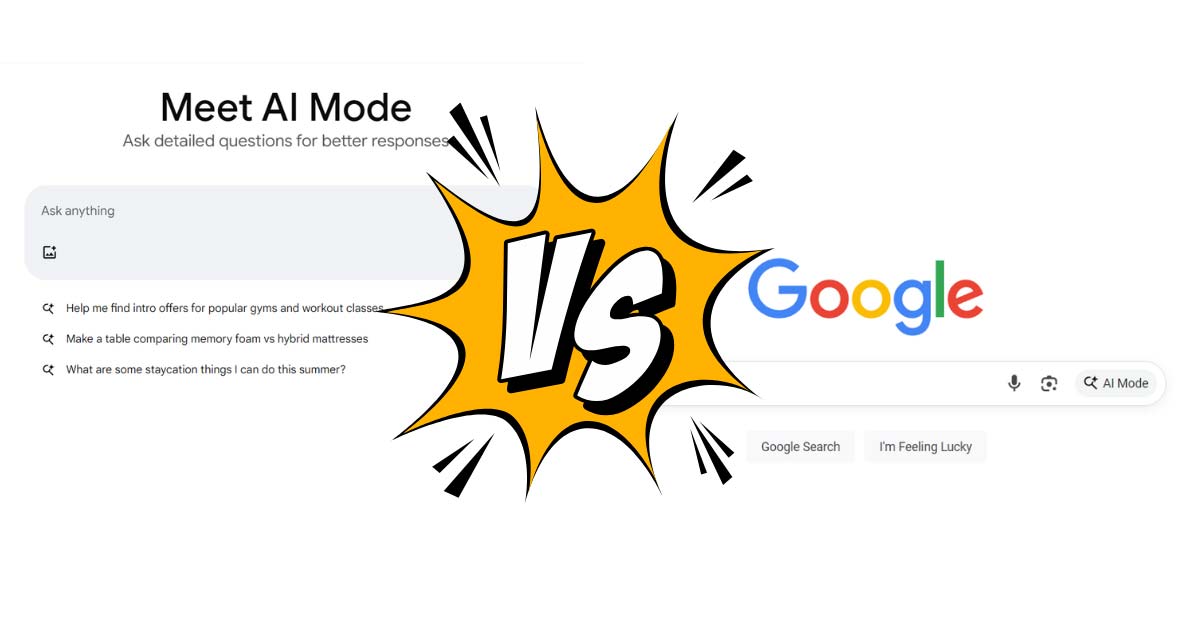How Uber Eats Kills Your Restaurant's Profit Margins
It is true that almost every local restaurant you know of has signed up for Uber Eats for delivery. But how effective is this for their restaurant's profit margins and overall growth?
Signing up for Uber Eats can indeed help you increase sales and orders; however, the cost you will have to pay for that is astronomical and may not be worth it. If you are looking to grow your restaurant and your profit margins are tight, it may be in your best interest to avoid signing up with Uber Eats as your delivery provider.
In this article, we go over some of the reasons why. Here's some reasons how Uber Eats eats through your restaurant's profit margins.
1: High Commission Rates
The commission fees for restaurants using Uber Eats can range from 15% to 30%, depending on the selected plan (Lite, Plus, or Premium). This hefty percentage is taken from the total order value before considering any other costs such as food production, labor, or overhead.
For example, restaurants on the Premium plan are paying up to 30% of each order to Uber Eats, which can drastically eat into their profits. In some cases, restaurants barely break even or even lose money when these fees are applied to each sale. On top of the commissions, restaurants may also face additional costs like delivery fees and marketing charges, which further increase the financial burden.
Adding the 30% commission rate to your already thin margins can stop you from being able to grow your business. It may seem enticing to be able to sell $10'000 more per month, but how will that help if your business is left with only 5% profit to grow?
In this graph sourced from our previous article, you can see how profit margins can dwindle very quickly. In this example we used a profit margin of 35% for the restaurant, and a rate of 30% commission from Uber Eats. We compared this to profit margin if you had chosen to self-manage the deliveries.

2: Lack of Control Over Customer Data
Unlike customers that may order from your restaurant directly or come in to purchase, the customers who shop on Uber Eats will not have their information shared with you.
This means you will not be able to work on retaining any customers for recurring purchases, or increasing brand loyalty with your customers. The inability to do so will not help your business become well-known or well-established as fast or as easily as you'd like. This is due to the fact that you will be forced to compete with many other businesses who may do something very similar as you in the Uber Eats ecosystem.
Building customer loyalty and brand recognition is one of the most important factors in your restaurant's growth. Without local costumers who may adore you and come back time after time, you will be forced to keep on searching for new clients. This will increase your cost per acquisition and over time will be another factor that will eat into your profit margin.
On top of all this, if you choose to stop listing your business on Uber Eats, you may lose all of your traction you had gathered entirely. Since you were not able to retain your customers, all of the costs associated with acquiring those customers will be entirely lost.

3: Competing with Ghost Kitchens
"Ghost kitchens" are essentially delivery-only kitchens operating under multiple brand names, without a physical storefront. They are a plague within the delivery apps' ecosystems.
For instance, you might order Chinese takeout from what seems like different restaurants — Restaurant A, B, or C — but in reality, all three are operating out of the same ghost kitchen, serving the same food under different labels. As a result, legitimate family-owned restaurants with physical locations may get buried in the app's listings, losing out on orders and visibility.
The rise of ghost kitchens often leads to a subpar dining experience, with customers receiving lower-quality meals, while long-established local businesses face increasing competition from these delivery-focused operations. The result? Family-owned restaurants struggle financially, often losing valuable orders to ghost kitchens that dominate the platform.
What can you do?
By not using Uber Eats you may sacrifice immediate surge in orders. However, taking the long route may allow you to establish your brand better and nurture your customer loyalty. Some of the things you can do to accomplish this include:
- Setting up an In-House Delivery System: There are tons of online-ordering providers that charge no commission. By having designated personnel for delivering the items and limiting delivery radius can help.
- Focus on Customer Experience: By creating great word of mouth, increasing your Google reviews, and increasing your visibility you can retain more of your customers and have them bring in their friends and family.
- Improve Online Presence: Whether through social media, a well designed website, or other digital marketing methods you can increase your online traffic and visibility at a controllable and predictable cost.
If you are tired of losing money to Uber Eats and are looking to grow your restaurant, we can help! Get in touch today to learn more
%20v2.png)






%20v2.png)